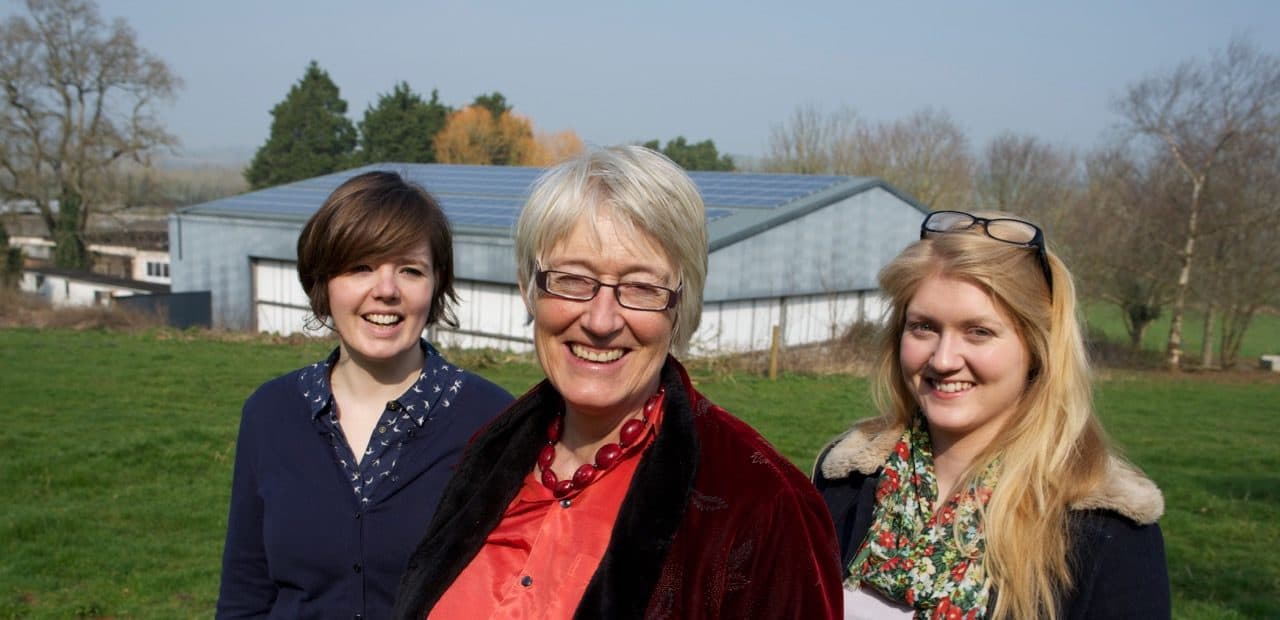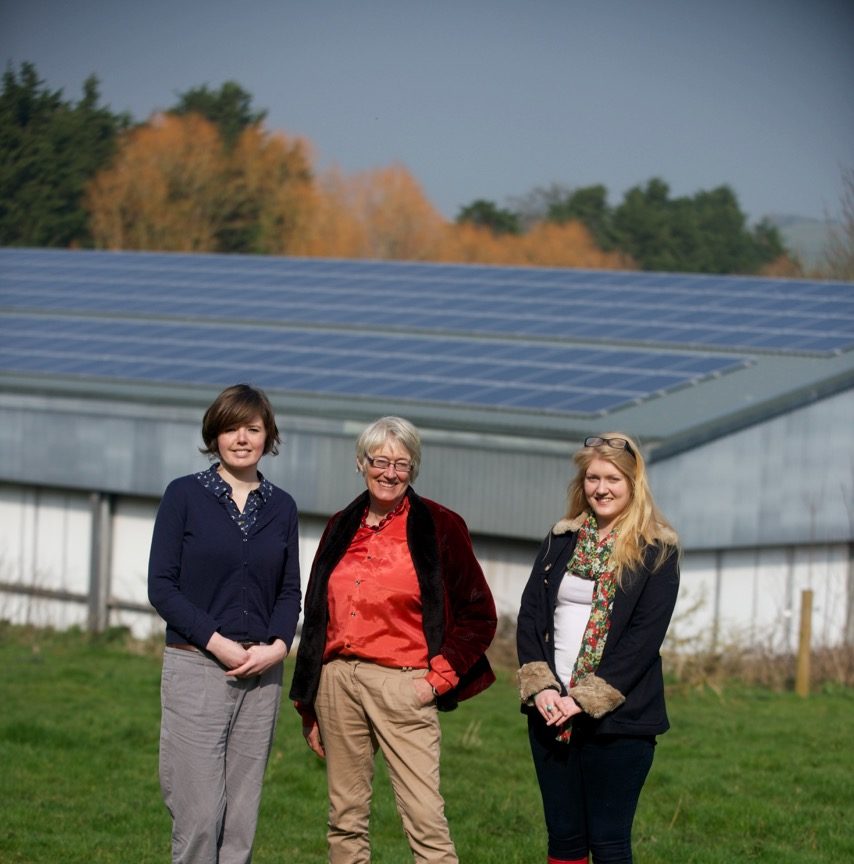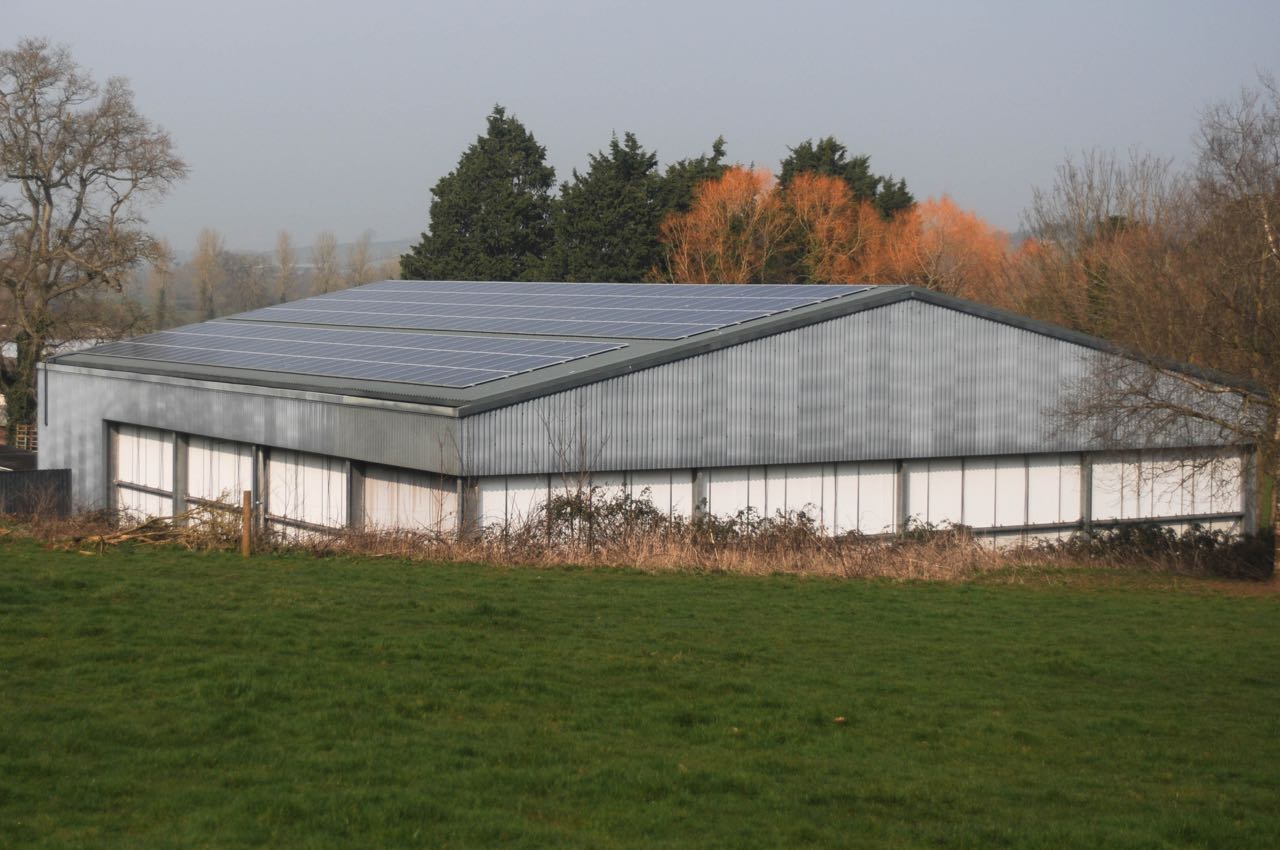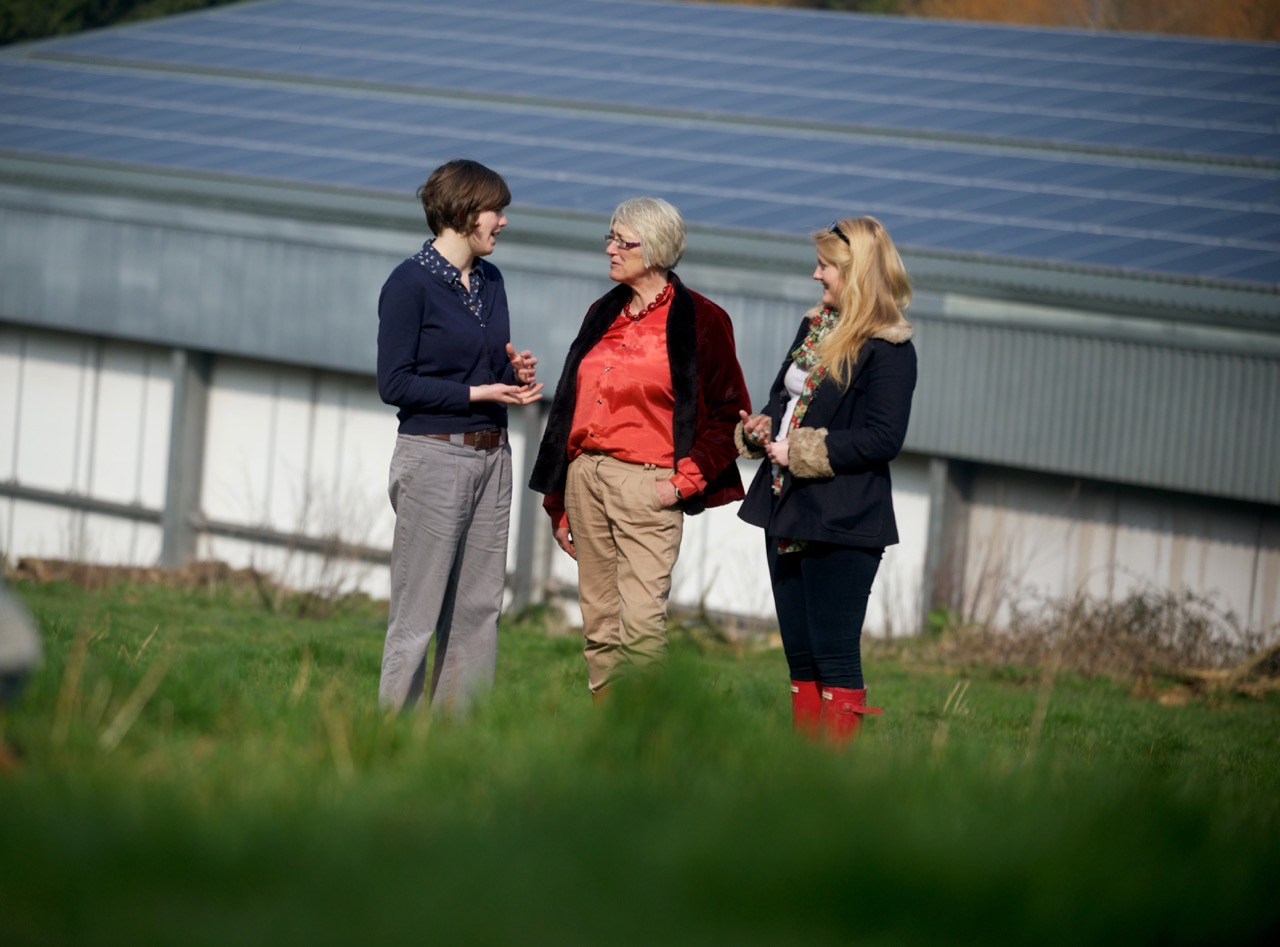An average solar PV system provides around 50 per cent of the energy it generates directly to the business that owns it, while the remaining 50 per cent is exported to the national grid. However, businesses like Quickes that have constant energy needs will often use every bit for themselves.
“When we initially looked at getting a system installed, the numbers looked good, but it would have taken up valuable farming land,” says Adam Reeves, Quickes Traditional Farm Manager. “However, SunGift advised us that they could install it to the roof of our cheese store, without compromising any of our land, so we jumped at the chance. Now we’re over the moon with the results and the power is used just under the panels to mature our world class Quickes Traditional Mature Cheddar to perfection.”






 Solar PV Contractor of the Year 2024
Solar PV Contractor of the Year 2024